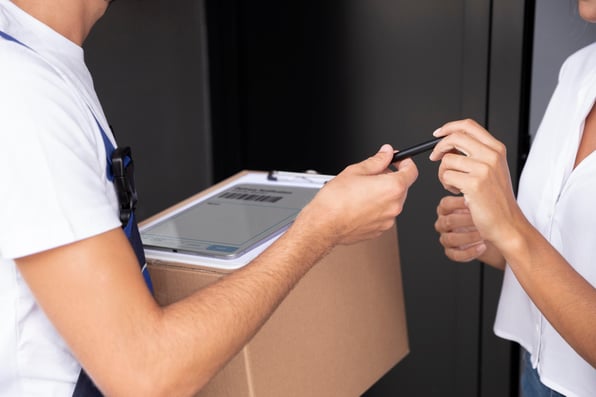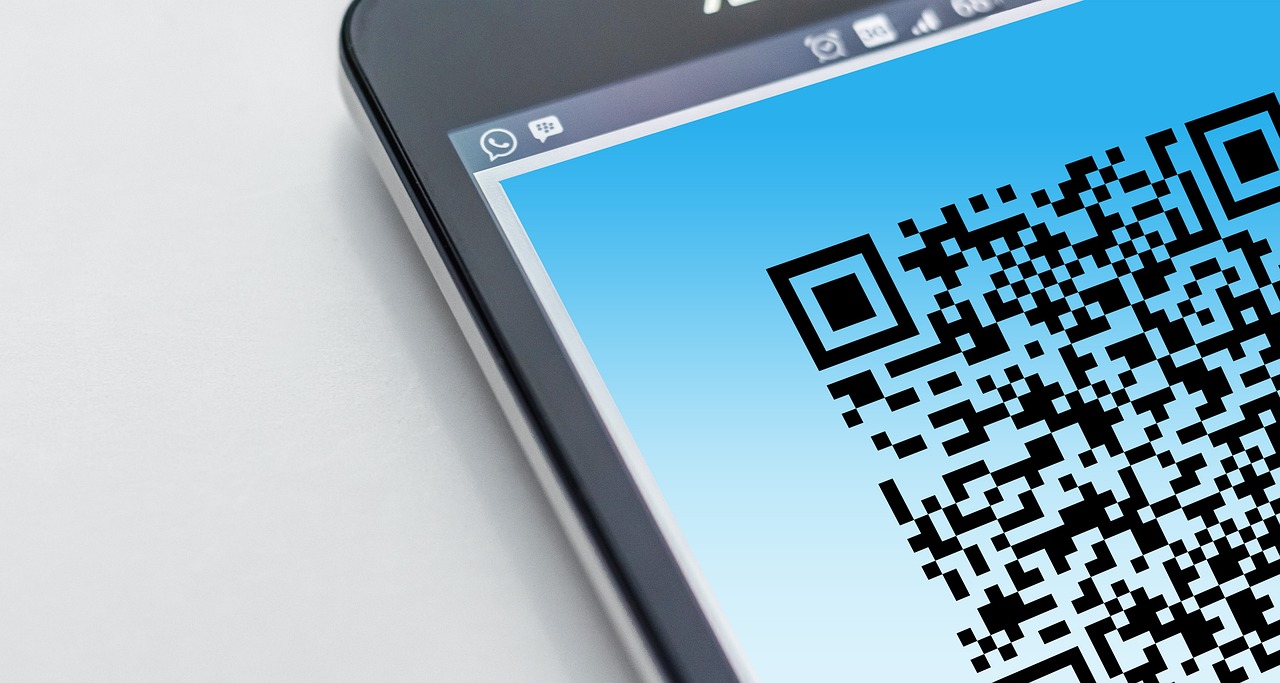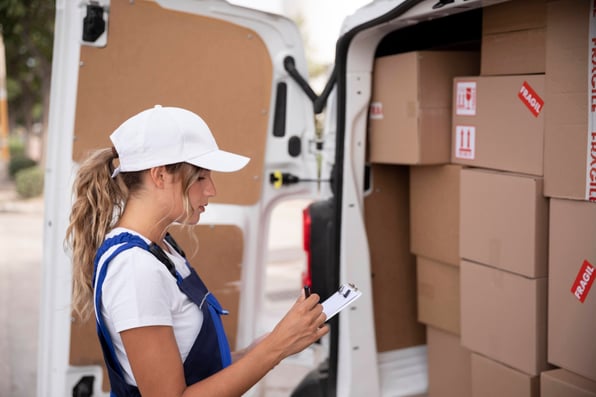
Are the customers helped by using QR codes implemented in CMMS?
Ciprian Chiripuci

QR codes and CMMS or Computerized Maintenance Management Systems, may seem like unlikely bedfellows. After all, one is a two-dimensional barcode and the other is a software application for managing maintenance activities. However, when used together, QR codes can provide significant benefits to customers in the context of CMMS.
What is CMMS?
CMMS or Computerized Maintenance Management System, is a software application designed to help organizations manage their maintenance activities. CMMS can help organizations track and manage assets, schedule and perform preventive maintenance, manage work orders and generate reports and analytics. CMMS can be used in a wide range of industries, including manufacturing, healthcare, hospitality and facilities management.
What are QR Codes?
QR codes are two-dimensional barcodes that can be scanned with a smartphone camera to access a website, app or other digital content. QR codes can be printed on a wide range of materials, including product packaging, flyers and business cards.
How Are Customers Helped by Using QR Codes Implemented in CMMS?
Accessing Asset Information
QR codes can be used to provide customers with quick and easy access to information about assets. For example, a QR code can be printed on a piece of equipment, allowing customers to scan the code with their smartphone to access information about asset's maintenance history, warranty information and other important details.
Requesting Maintenance Services
They can be used to enable customers to request maintenance services quickly and easily. For example, a QR code can be printed on a piece of equipment or posted on a wall, allowing customers to scan the code with a smartphone to submit a maintenance request. This can help streamline maintenance request process and reduce response times.
Accessing Maintenance Records
QR codes can be used to provide customers with quick and easy access to maintenance records. A QR code can be printed on a work order, allowing customers to scan the code with their smartphone to access information about the work that was performed, including date, time and technician who performed the work.
Providing Feedback
QR codes can be used to enable customers to provide feedback on maintenance services. For example, it can be posted on a wall, allowing customers to scan the code with their smartphone to provide feedback on the quality of the work that was performed.
Improving Communication
They can be used to improve communication between customers and maintenance technicians. A QR code can be printed on a work order, allowing customers to scan the code with their smartphone to access technician's contact information. This can help customers get in touch with technicians quickly and easily if they have questions or concerns about the work that was performed.
Enhancing Safety
QR codes can be used to enhance safety in the workplace. A code can be printed on a piece of equipment, allowing customers to scan the code with their smartphone to access safety information about the asset. This can help customers stay informed about potential hazards and take appropriate safety precautions.
Conclusion
QR codes and CMMS may seem like unlikely bedfellows, but when used together, they can provide significant benefits to customers. QR codes can be used to provide customers with quick and easy access to asset information, enable customers to request maintenance services, access maintenance records, provide feedback on maintenance services, improve communication between customers and maintenance technicians and enhance safety in the workplace. As QR codes continue to gain popularity and CMMS continues to be widely adopted, businesses should consider how they can incorporate QR codes into their maintenance management strategies to provide a better experience for their customers.
Related posts
Here are some resources to help you get more out of your assets


Ciprian Chiripuci
Truck Sealing in Delivery Logistics: Definition, Benefits and Best Practices

Ciprian Chiripuci
Mastering that Last Mile
READY TO TALK?